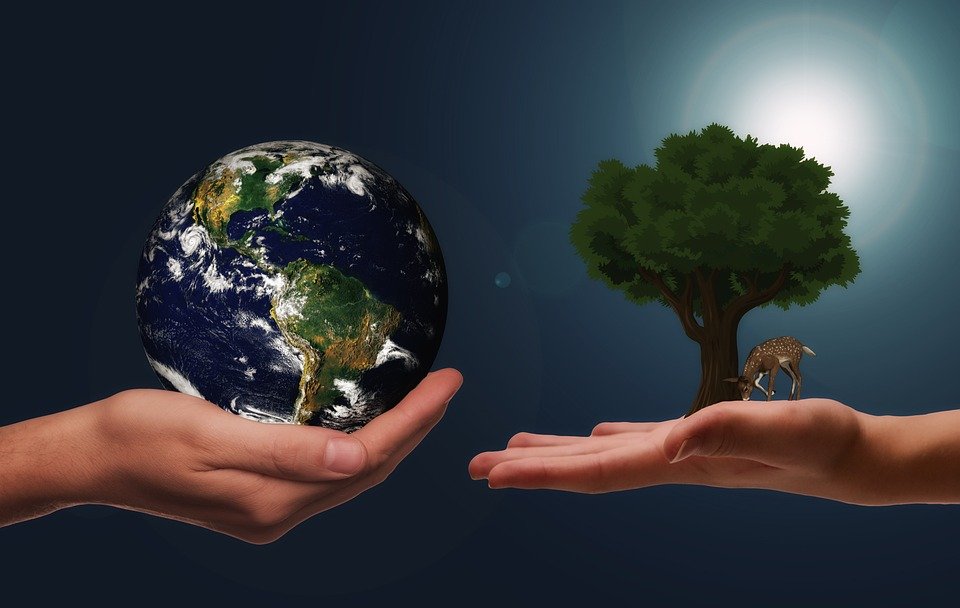Unleashing Creativity: Exploring the Boundless Potential of Generative AI Art
Introduction
The intersection of artificial intelligence (AI) and art has given rise to a new era of creativity. Generative AI art, a branch of AI that focuses on creating artwork using algorithms, has revolutionized the way we perceive and produce art. This groundbreaking technology has opened up a world of possibilities, pushing the boundaries of human imagination and enabling artists to explore new frontiers. In this article, we will delve into the boundless potential of generative AI art, its impact on the art world, and address frequently asked questions surrounding this exciting field.
Unleashing Creativity through Generative AI Art
Generative AI art refers to the process of using AI algorithms to create original artwork. It involves training machine learning models on vast datasets of existing art to learn patterns, styles, and techniques. These models can then generate new artwork based on the knowledge they acquire during the training process. This approach allows artists to break free from traditional artistic limitations and explore new realms of creativity.
One of the key advantages of generative AI art is the ability to produce a large volume of artwork in a short span of time. This rapid creation process enables artists to experiment with different styles and forms, facilitating the exploration of diverse artistic expressions. Additionally, generative AI art can serve as a source of inspiration for traditional artists, providing them with new ideas and perspectives to incorporate into their work.
Impact on the Art World
Generative AI art has had a profound impact on the art world, disrupting traditional notions of creativity and challenging established artistic practices. It has enabled artists to collaborate with AI algorithms, blurring the line between human and machine-generated art. This collaboration between artists and AI has sparked new debates and discussions about the role of technology in art creation.
The accessibility of generative AI art tools has also democratized the art-making process. Artists no longer require extensive training or specialized skills to create visually stunning and thought-provoking artwork. This has fostered inclusivity and diversity within the art community, as individuals from various backgrounds and disciplines can now experiment with AI art.
FAQs
1. How does generative AI art work?
Generative AI art utilizes algorithms that are trained on large datasets of existing artwork. These algorithms learn the patterns, styles, and techniques from the dataset and use that knowledge to generate new artwork. The process involves feeding input to the algorithm and allowing it to generate an output based on the learned patterns. This iterative process continues until the desired result is achieved.
2. Can generative AI art replace traditional art?
Generative AI art is not meant to replace traditional art but rather complement it. It offers a new avenue for artistic expression and collaboration. While AI algorithms can generate artwork, traditional art still holds its unique value in terms of the emotional depth and subjective interpretation that only humans can bring to their creations.
3. Does generative AI art lack originality?
Generative AI art may generate artwork based on existing patterns and styles, but it can also produce original and unique artwork. The algorithms used in generative AI art have the ability to combine and remix different elements from the training dataset, resulting in novel artistic creations that go beyond mere replication.
4. How is generative AI art impacting the art market?
Generative AI art has disrupted the traditional art market by introducing new forms of artistic creation and consumption. It has opened up opportunities for artists to monetize their AI-generated artwork, leading to the emergence of AI art marketplaces. However, it has also raised questions about the authenticity and value of machine-generated art in the art market.
5. What are the ethical considerations surrounding generative AI art?
Generative AI art raises ethical considerations related to authorship, intellectual property, and the potential for AI-generated artwork to deceive audiences. The boundaries between human and machine creativity become blurred, prompting discussions on ownership and the responsibility of AI artists.
Conclusion
Generative AI art represents a paradigm shift in the art world, expanding the possibilities of human creativity. It offers artists a powerful tool to explore new artistic expressions, collaborate with algorithms, and challenge traditional artistic norms. While generative AI art continues to evolve, it is essential to address the ethical implications and embrace this technology as a means to enhance human creativity rather than replace it. As we continue to push the boundaries of generative AI art, we unlock the boundless potential of human imagination and the limitless possibilities of artistic creation.

